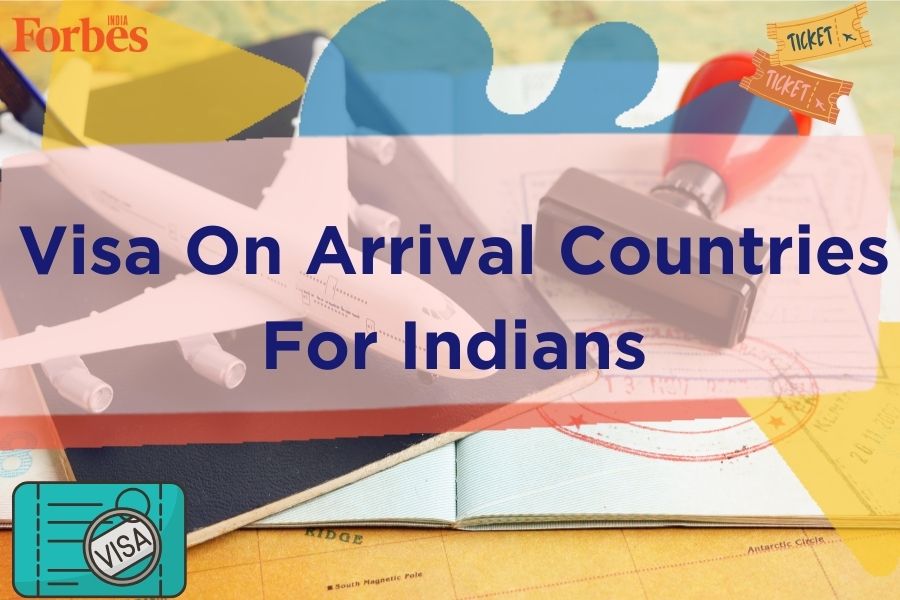
Visa on arrival countries for Indian passport holders in 2024
Which countries offer visas on arrival for Indians, and how is it different from visa-free travel for Indians? Let's find out

The increasing availability of visas on arrival for Indians has made travelling to international destinations more accessible for Indian passport holders in 2024. In the latest Henley Passport Index 2024, the Indian passport has climbed to secure the 82nd rank, up from 84th in 2023, giving its holders access to 62 countries, making globe-trotting more convenient than ever. There are even many countries that allow you to forego the complexities of visa applications and complete essential paperwork upon arrival.
In this guide, we'll explore the list of countries that offer visa on arrival for Indians, clarify the process, and differentiate visa on arrival from visa-free travel.
List of countries offering visa-on-arrival for Indians in 2024:
According to the Passport Index, here is the list of 43 countries that offer visa on arrival for Indians as of March 13, 2024.
| Country | Visa requirements | Continent |
|---|---|---|
| Armenia | 120 days | Asia1234 |
| Azerbaijan | 30 days | Asia5 |
| Bolivia | 90 days | South America678 |
| Burundi | 30 days | Africa910 |
| Cambodia | 30 days | Asia1112 |
| Cape Verde | NA | Africa13141516 |
| Comoros | 45 days | Africa171819 |
| Congo (Dem. Rep.) | 90 days | Africa20212223 |
| Djibouti | 90 days | Africa171819 |
| Equatorial Guinea | NA | Africa242526 |
| Ethiopia | 90 days | Africa |
| Guinea | 90 days | Africa |
| Guinea-Bissau | 90 days | Africa |
| Indonesia | 30 days | Asia |
| Jordan | NA | Asia |
| Laos | 30 days | Asia |
| Lesotho | 14 days | Africa |
| Madagascar | 90 days | Africa |
| Malawi | 90 days | Africa |
| Maldives | 30 days | Asia |
| Marshall Islands | 90 days | Oceania |
| Mauritania | NA | Africa |
| Mongolia | 30 days | Asia |
| Myanmar | 30 days | Asia |
| Nigeria | NA | Africa |
| Palau | 30 days | Oceania |
| Papua New Guinea | 30 days | Oceania |
| Qatar | 30 days | Asia |
| Russian Federation | 15 days | Europe/Asia |
| Saint Lucia | 42 days | North America |
| Samoa | 90 days | Oceania |
| Sierra Leone | 30 days | Africa |
| South Sudan | NA | Africa |
| Sri Lanka | 30 days | Asia |
| Suriname | 90 days | South America |
| Tanzania | NA | Africa |
| Timor-Leste | 30 days | Asia |
| Togo | 15 days | Africa |
| Tuvalu | 30 days | Oceania |
| Uganda | NA | Africa |
| Uzbekistan | 30 days | Asia |
| Viet Nam | 90 days | Asia |
| Zimbabwe | 90 days | Africa |
Process of visa on arrival for Indians
Obtaining a visa on arrival is a straightforward process but can vary slightly from one country to another.
Here's a simplified step-by-step guide for the process of acquiring a visa on arrival for Indians:




